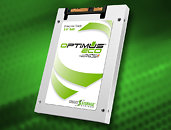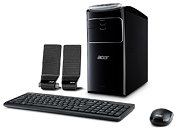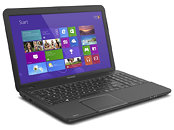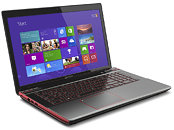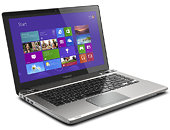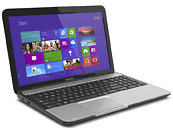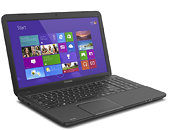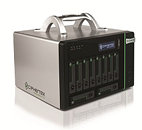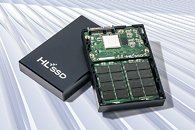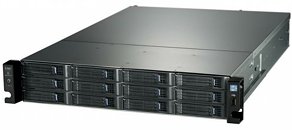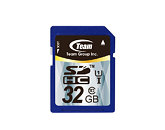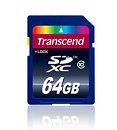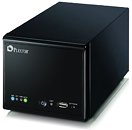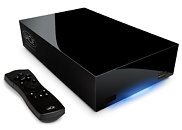Smart Storage Systems Intros First SAS SSD with 19 nm MLC Flash and 2 TB Capacity
SMART Storage Systems, an innovative enterprise solid-state drive (SSD) technology provider, today announced the new Optimus Eco, the first Serial Attached SCSI (SAS) 6Gb/s SSD on the market to leverage 19 nm multi-level cell (MLC) Flash. Continuing the company's effort to usher in a new era of Flash storage, and anticipating the changing needs of enterprise data centers, SMART Storage Systems' new Optimus Eco SSD represents the industry's best combination of performance, capacity, endurance and cost in an enterprise-class 2.5-inch drive.
Forced to do more with less, many organizations are choosing to build their own hyperscale architectures by combining best-in-class hardware and software to lower costs and meet growing data center demands. In addition, looking to control maintenance costs, data center managers are seeking the highest-capacity drives to pack more capacity into a rack, resulting in the ability to reduce their storage footprint. In fact, Gartner estimates that in 2016 the average capacity of an SSD deployed in enterprise storage and server environments will be more than 1.1 TB. When combined with SSDs that can provide the endurance necessary to support write-intensive applications with cost-effective 19 nm MLC Flash, the result is a dramatic reduction in storage total cost of ownership (TCO).
Forced to do more with less, many organizations are choosing to build their own hyperscale architectures by combining best-in-class hardware and software to lower costs and meet growing data center demands. In addition, looking to control maintenance costs, data center managers are seeking the highest-capacity drives to pack more capacity into a rack, resulting in the ability to reduce their storage footprint. In fact, Gartner estimates that in 2016 the average capacity of an SSD deployed in enterprise storage and server environments will be more than 1.1 TB. When combined with SSDs that can provide the endurance necessary to support write-intensive applications with cost-effective 19 nm MLC Flash, the result is a dramatic reduction in storage total cost of ownership (TCO).
